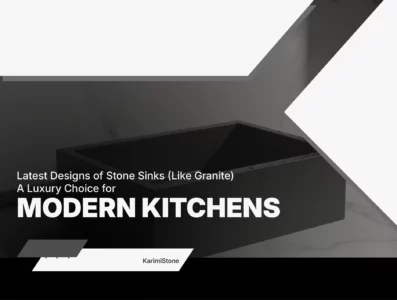
Post Page
Dark Emperador Marble Quarry in Jumilla, Spain: Source, Geology, Production, and Applications
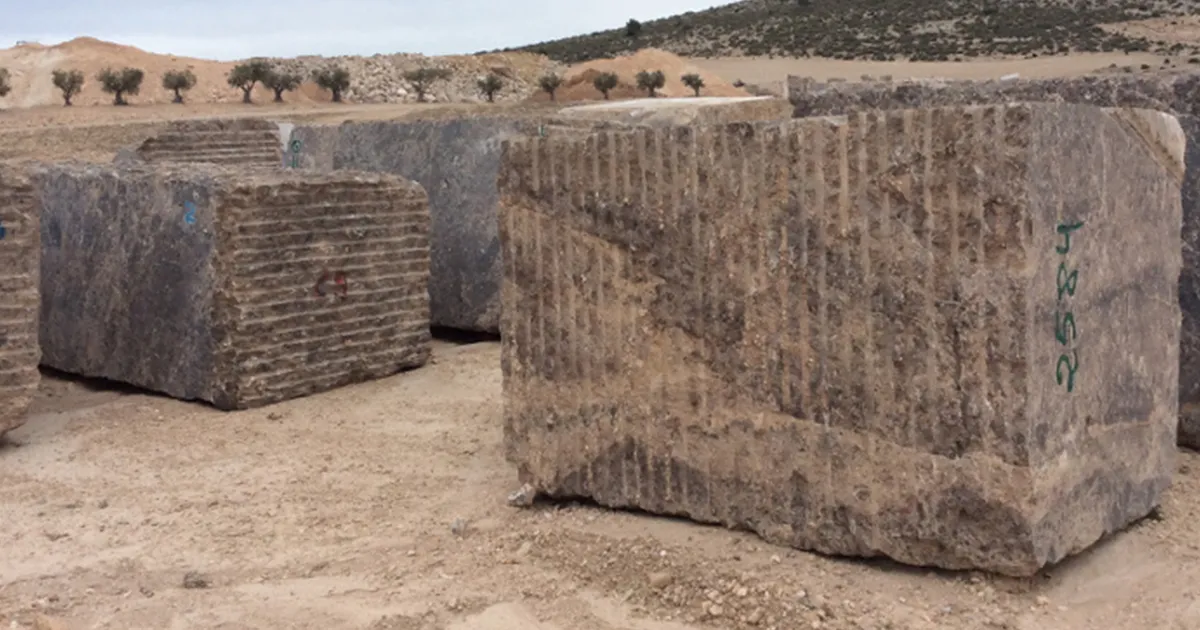
The Dark Emperador Marble Quarry, located near Jumilla in southeastern Spain, supplies a natural brown stone that is widely used in architecture around the world. Known for its dark tones and characteristic veining, this marble plays an important role in Spain’s stone export industry. It is used in residential buildings, commercial developments, public spaces, and restoration work across Europe, the Middle East, Asia, and the Americas.
Location and Regional Context
The quarry is located near Jumilla, within the Altiplano region of Murcia in southeastern Spain. This area is famous for its high-rise landforms, natural boundaries, and geological circumstances that works best for the formation of high-quality natural stone. The Altiplano has a long history of supplying stone for construction and design, and the Emperador Dark quarry is one of the most recognized and is considered the best sources in the region.
The local geography, with its defined natural limits and distinct topography, contributes to the consistency and quality of stone extracted from the area.
Geological characteristics and components of Emperador Dark Marble
The marble extracted from the quarry is classified as dolomitic breccia. It is made up of angular fragments of dolomite that have been naturally cemented together over long periods of time. The color varied from deep brown to almost black one, sometimes with irregular light veining that gives the stone a natural, decorative outlook which have been considered stylish and applicable for architectures and designers.
This stone was formed through low-pressure metamorphism, one of the geological features suitable for stone’s creation and a process that transformed limestone into dolomite. This transformation increased the mechanical strength of the stone, making it appropriate for use in both interior and exterior architectural projects where durability is the milestone in construction.
Production and Extraction
The quarry is managed to produce blocks with consistent color, tight structure, and high strength. Each step of the extraction process is carefully controlled to meet the standards of both domestic and international markets.
In recent years, new extraction zones have provided access to darker, more uniform material. This meets the growing demand for dark brown marble in both modern and classical designs. The marble blocks are transported to nearby facilities, where they are processed into slabs, tiles, stairs, countertops, and custom pieces using modern cutting, polishing, and finishing equipment.
The use of advanced machinery ensures precision in size, thickness, and finish, helping architects and builders achieve the desired result for their projects.
Comparable Materials in Other Countries
While Spanish Dark Emperador Marble is considered the main reference for this type of stone, similar materials are quarried elsewhere:
- Turkey produces dark and light brown marbles under the Emperador name. Turkish stone typically has straighter veining and slight differences in tone. Most light brown Emperador marbles on the market today come from Turkey.
- China extracts darker brown marble with a texture and veining pattern that differs from the Spanish stone. China also imports Emperador Dark blocks from Spain, including some that were not selected for Spanish projects.
- Iran produces similar material in quarries located in Kerman and Fars provinces. These stones are marketed as Persian Silk Marble, Persian Dark Marble or Silver Emperador Marble. Although valued, high-quality blocks are less common due to high demand.
Commercial Names and Varieties
Emperador Dark marble from Jumilla is sold under various commercial names based on its shade and veining:
- Mármol Marrón Imperial – darker varieties
- Marrón Emperador – lighter brown varieties
- Marrón Imperial Perla – stone with fine white veining, specific to the Jumilla region
These varieties are known for their ability to take a good polish, making them suitable for different architectural applications.
Typical Applications
Emperador Dark marble is used in a wide range of architectural and design projects. Common applications include:
- Flooring and wall cladding in residential and commercial buildings
- Staircases and risers for both private and public spaces
- Kitchen countertops and bathroom vanities
- Fireplace surrounds
- Façade panels and architectural cladding
The marble’s dark brown tone contrasts well with lighter stones, such as cream travertine, Dehbid cream marble, or cream onyx, creating balance in both traditional and modern designs.
Market Use and Design Considerations
Emperador Dark marble is often chosen for flooring due to its dense structure and selections with minimal veining. To improve strength during handling and installation, slabs are commonly reinforced with epoxy mesh backing. Designers may also combine slabs with different veining patterns to create smooth visual transitions within a space.
In the international market, the marble is sold under names such as:
- Brown Marble
- Dark Emperador Marble
- Emperador Dark Brown Marble
- Light Emperador Marble
- Turkish Dark Emperador Marble
- Spanish Emperador Marble
This helps distributors, designers, and clients identify the material according to their regional catalog standards.
Importance in the Stone Industry
The quarry supports Spain’s status as a major supplier of natural stone. Emperador Dark marble from Jumilla is exported worldwide, contributing to Spain’s stone industry and construction material sector. Quarry operations are carried out with attention to sustainable extraction methods to limit environmental impact while meeting market demand for reliable stone.
What Sets Emperador Dark Marble Apart
The value of Dark Emperador marble lies in its consistent dark color, clear veining, structural strength, and availability in different formats and finishes. The material is used by architects and builders who seek stone that provides both function and natural appearance without unnecessary complexity in design.
Our Offering
At Karimi Stone, we provide alternative options for Dark Emperador Marble from Iranian quarries in blocks, slabs, tiles, and cuts specific for our customer’s needs and pieces for both large and small projects. With over four decades of experience in natural stone production and export, we supply material that meets the technical and visual standards required in international construction.






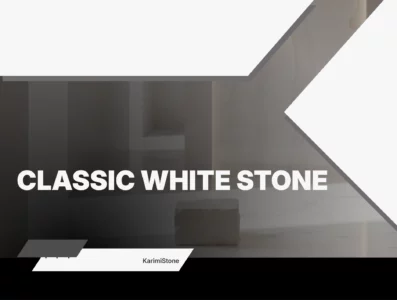
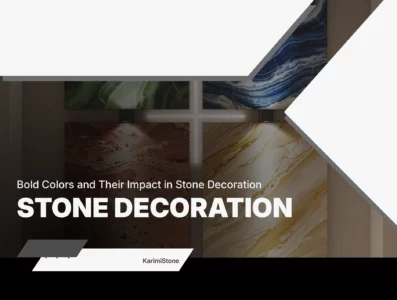
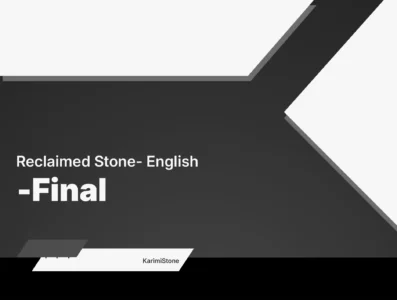
 Online Catalogue
Online Catalogue
